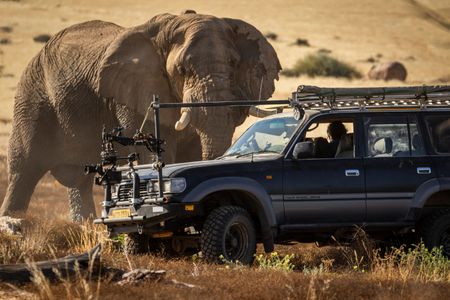Secrets of the Elephants
Photos
Episodic
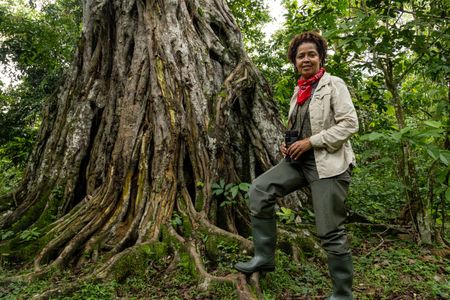
Paula Kahumbu is a world renowned conservationist and elephant expert, she has come to Odzala National Park to meet forest elephants in the wild for the first time in her career. (National Geographic for Disney/Fleur Bone)
Posted 12/28/23
Rainforest_104_SecretsOfTheElephants_61.jpg
Download
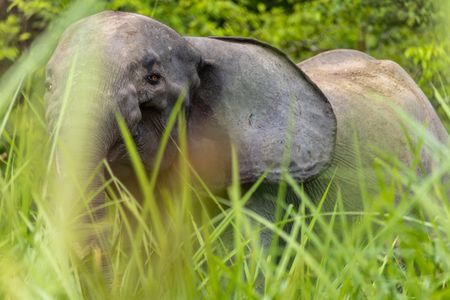

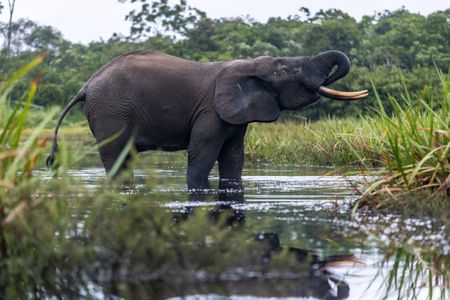
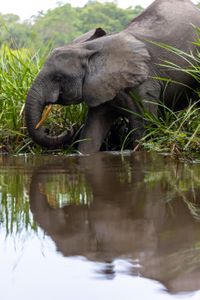
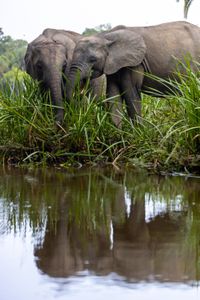
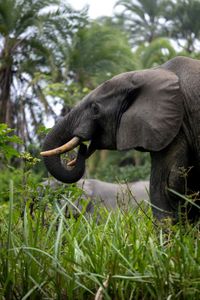
In the rainforests of Odzala, much of the vegetation is poisonous to eat for Forest elephants. Instead they only eat small amounts of each plant species, so as not to ingest too much. (National Geographic for Disney/Fleur Bone)
Posted 12/28/23
Rainforest_104_SecretsOfTheElephants_40.jpg
Download
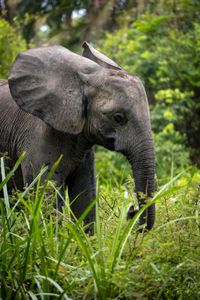
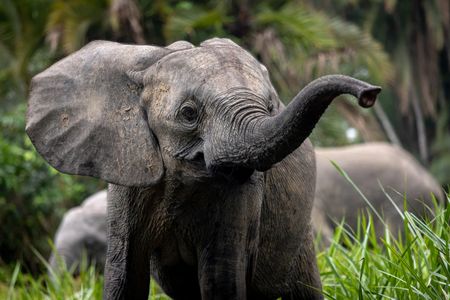

Paula Kahumbu visits the beautiful Gonarezhou National Park, one of the most remote parts of Zimbabwe. The Chilojo Cliffs can be seen in the background, which is why Paula has come. She is here to witness the local elephant herd scale down the cliffs in search of their next water supply in the dry season. (National Geographic for Disney/Freddie Claire)
Posted 12/28/23
Savanna_102_SecretsOfTheElephants_95r.jpg
Download

Paula Kahumbu visits the beautiful Gonarezhou National Park, one of the most remote parts of Zimbabwe. The Chilojo Cliffs can be seen in the background, which is why Paula has come. She is here to witness the local elephant herd scale down the cliffs in search of their next water supply in the dry season. (National Geographic for Disney/Freddie Claire)
Posted 12/28/23
Savanna_102_SecretsOfTheElephants_94r.jpg
Download
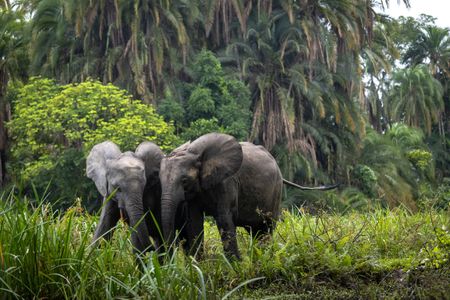
In the rainforests of Odzala, much of the vegetation is poisonous to eat for Forest elephants. Instead they only eat small amounts of each plant species, so as not to ingest too much. (National Geographic for Disney/Fleur Bone)
Posted 12/28/23
Rainforest_104_SecretsOfTheElephants_33.jpg
Download
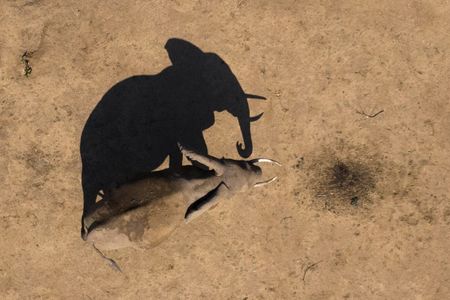
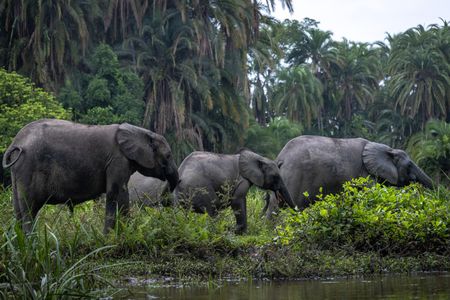
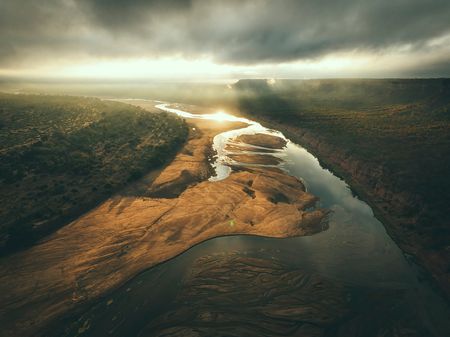
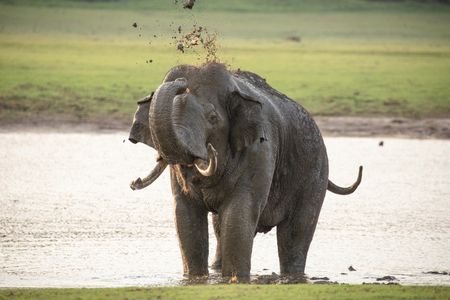
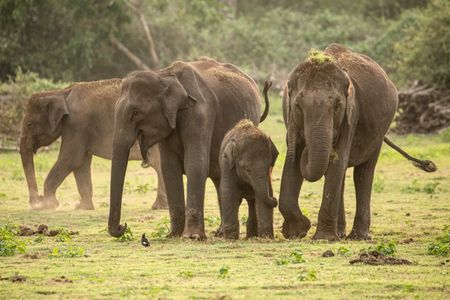
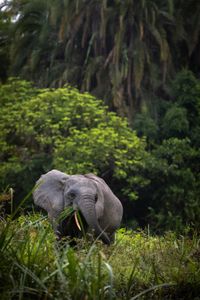
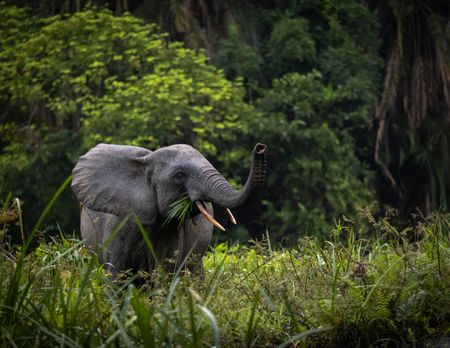
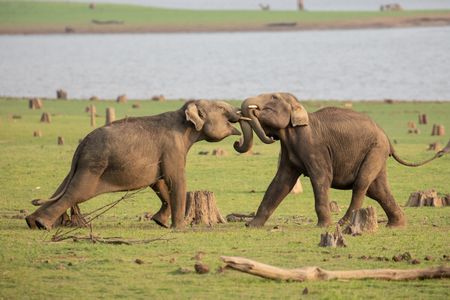

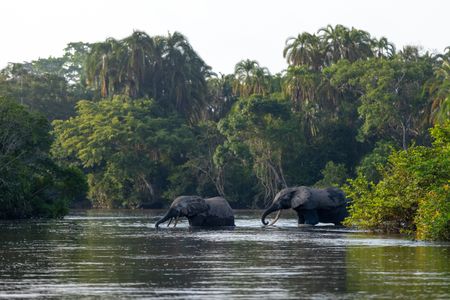
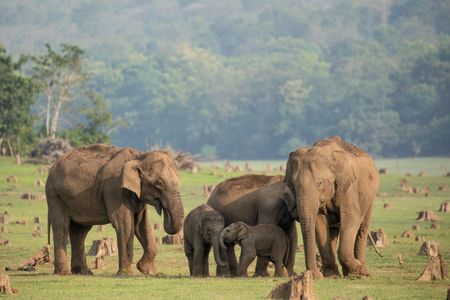
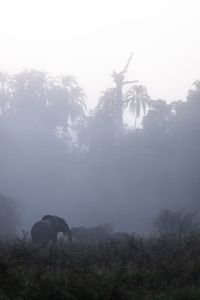
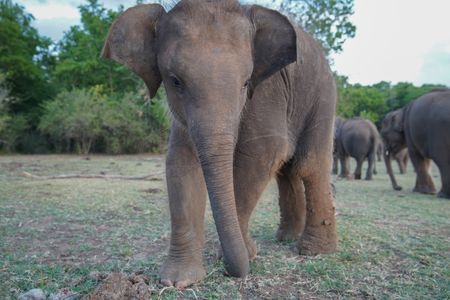
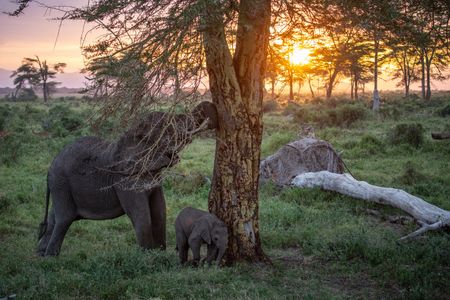
A family of elephants roams through Kimana Sanctuary, a crucial corridor that links Amboseli National Park with the Chyulu Hills and Tsavo protected areas in Kenya, on May 23, 2022. As well as being the largest land mammal on earth, elephants are a keystone species and play an important role in the environment where they live. However, having roamed the wild for 15 million years, today, this iconic species faces the biggest threats to its survival due to ivory poaching, human-wildlife conflict and habitat destruction. (National Geographic for Disney/Nichole Sobecki)
Posted 12/28/23
Savanna_102_SecretsOfTheElephants_74.jpg
Download
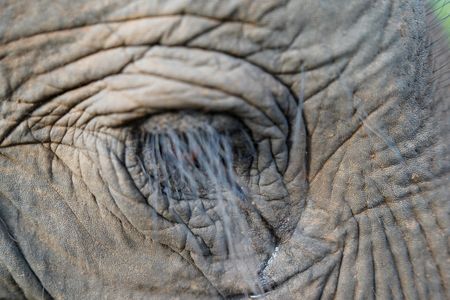
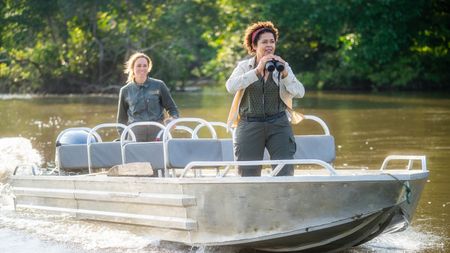
Paula Kahumbu, elephant expert, and Odzala Discovery Camps guide, Kerri Lee, go in search of finding the elusive forest elephants in Odzala National Park, Republic of Congo. The forest is very dense, making waterways the easiest form of travel. (National Geographic for Disney/Sebastian Blach)
Posted 12/28/23
Rainforest_104_SecretsOfTheElephants_06.jpg
Download
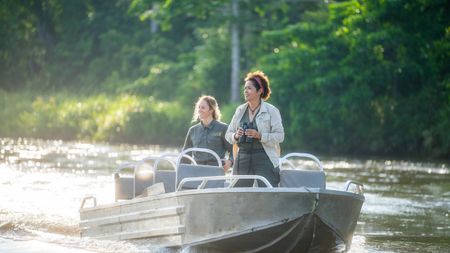
Paula Kahumbu, elephant expert, and Odzala Discovery Camps guide, Kerri Lee, go in search of finding the elusive forest elephants in Odzala National Park, Republic of Congo. The forest is very dense, making waterways the easiest form of travel. (National Geographic for Disney/Sebastian Blach)
Posted 12/28/23
Rainforest_104_SecretsOfTheElephants_05.jpg
Download
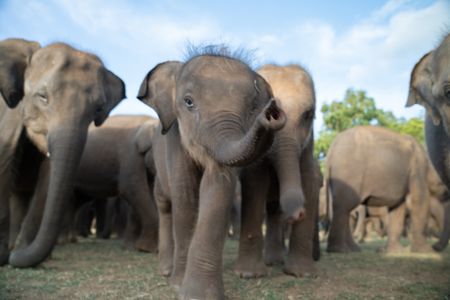
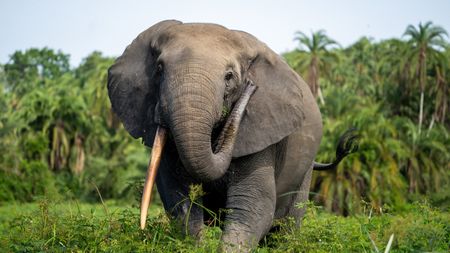
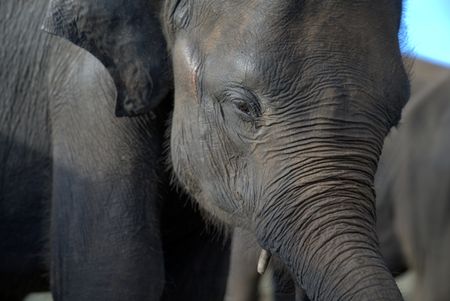
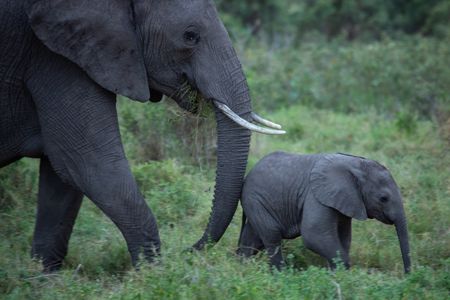
A family of elephants roams through Kimana Sanctuary, a crucial corridor that links Amboseli National Park with the Chyulu Hills and Tsavo protected areas in Kenya, on May 23, 2022. As well as being the largest land mammal on earth, elephants are a keystone species and play an important role in the environment where they live. However, having roamed the wild for 15 million years, today, this iconic species faces the biggest threats to its survival due to ivory poaching, human-wildlife conflict and habitat destruction. (National Geographic for Disney/Nichole Sobecki)
Posted 12/28/23
Savanna_102_SecretsOfTheElephants_73.jpg
Download
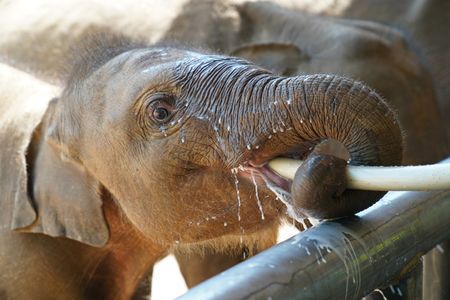
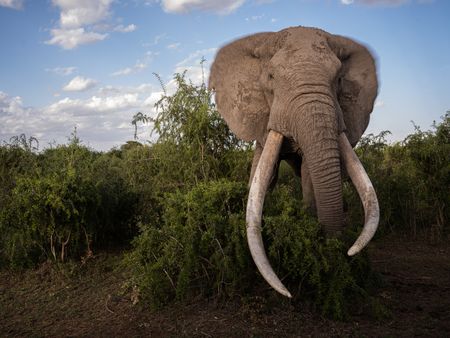
An elephant roams through Kimana Sanctuary, a crucial corridor that links Amboseli National Park with the Chyulu Hills and Tsavo protected areas in Kenya, on May 23, 2022. As well as being the largest land mammal on earth, elephants are a keystone species and play an important role in the environment where they live. However, having roamed the wild for 15 million years, today, this iconic species faces the biggest threats to its survival due to ivory poaching, human-wildlife conflict and habitat destruction. (National Geographic for Disney/Nichole Sobecki)
Posted 12/28/23
Savanna_102_SecretsOfTheElephants_70.jpg
Download

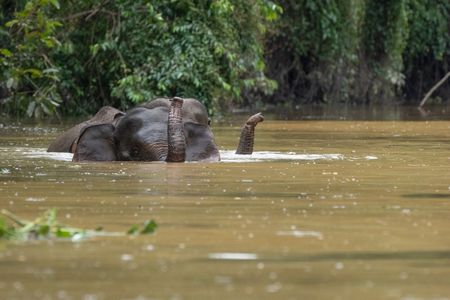
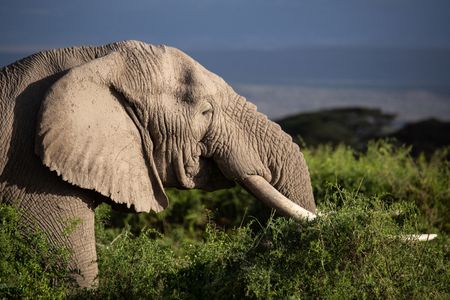
An elephant roams through Kimana Sanctuary, a crucial corridor that links Amboseli National Park with the Chyulu Hills and Tsavo protected areas in Kenya, on May 23, 2022. As well as being the largest land mammal on earth, elephants are a keystone species and play an important role in the environment where they live. However, having roamed the wild for 15 million years, today, this iconic species faces the biggest threats to its survival due to ivory poaching, human-wildlife conflict and habitat destruction. (National Geographic for Disney/Nichole Sobecki)
Posted 12/28/23
Savanna_102_SecretsOfTheElephants_66.jpg
Download
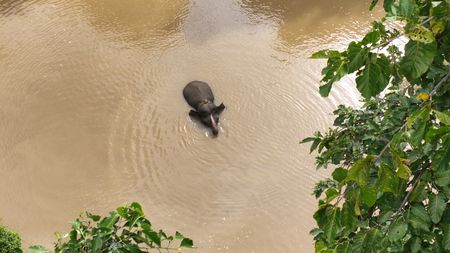
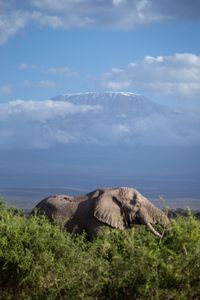
An elephant roams through Kimana Sanctuary, a crucial corridor that links Amboseli National Park with the Chyulu Hills and Tsavo protected areas in Kenya, on May 23, 2022. As well as being the largest land mammal on earth, elephants are a keystone species and play an important role in the environment where they live. However, having roamed the wild for 15 million years, today, this iconic species faces the biggest threats to its survival due to ivory poaching, human-wildlife conflict and habitat destruction. (National Geographic for Disney/Nichole Sobecki)
Posted 12/28/23
Savanna_102_SecretsOfTheElephants_65.jpg
Download
BTS









